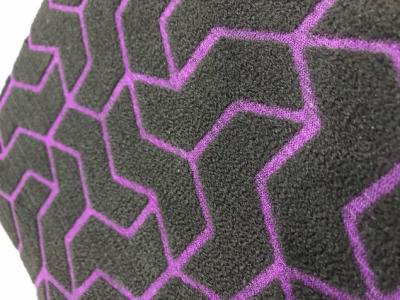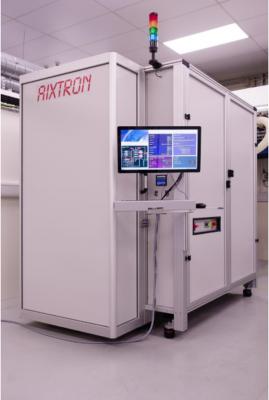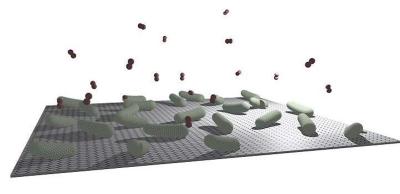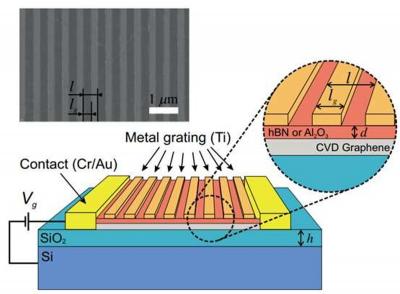Billabong to launch graphene-enhanced surfing apparel
Billabong, global maker of surf & snow technical clothing and gear, recently announced its plans to be the first surf brand to go to market with a suit that utilizes graphene. The surfing apparel will be called Furnace Graphene, and is scheduled to appear in Billabong's 2019 fullsuit line.
 Graphene-enhanced neoprene to be used in new surfing apparel
Graphene-enhanced neoprene to be used in new surfing apparel
The Billabong Furnace Absolute is planned to sport graphene lining on the front and back panels, and be more flexible and easy to use. In addition, it will enjoy flex and thermal retention capabilities. The Company referred to this tech as "an innovative new design where graphene wrapped yarns trap and retain heat more efficiently".






